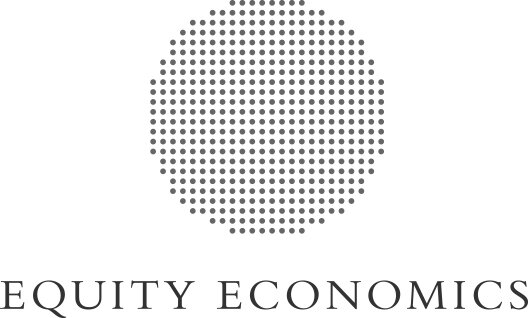Achieving greater equity in Australia – reimagining our ‘universal’ systems
Summary
There is no single or simple way to measure equity in Australia. In economics, we often revert to measures of inequality to determine how people are faring in terms of distribution of income and wealth. Unfortunately, these measures aren’t heading in the right direction if our goal is to improve outcomes and opportunities for all Australians.
Despite major advances in opportunities for women, significant new funding for people with disabilities, and our enviable (though increasingly inadequate) social safety net, inequity remains and is widening by many measures.
This paper explores inequity in Australia and considers what we need to do if we want to see fairer outcomes across Australia.
Findings
Measuring equity is complex as it requires determining whether everyone has a fair chance to succeed. Measuring equality is more straightforward, as it involves comparing the levels of resources among individuals – such as income or wealth. To understand equity in Australia, understanding inequality is a helpful starting point.
A common measure of inequality is the gini coefficient, which is a measure of income or wealth inequality which ranges from 0 (perfect equality) to 1 (extreme inequality). Australia's gini coefficient for income has remained relatively constant, rising slightly over the past three decades. It remained relatively constant since the late 2000s, until the onset of COVID-19 when inequality became more pronounced.
While government assistance during the pandemic initially helped to reduce inequality, this effect was temporary. As the economy recovered and government support was phased out, inequality rose again.
Read the full report



